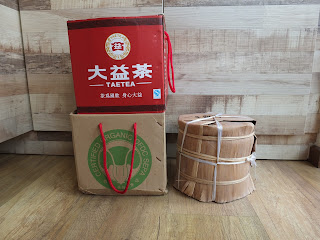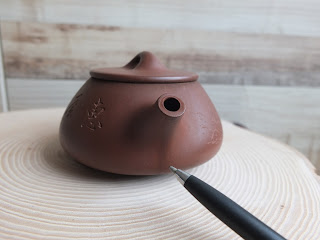Merry Christmas! Hope you are enjoying your Boxing day shopping today. I was in Canada last year and witnessed the shoppers in Montreal having a wonderful time buying stuff at discounted prices offered by most stores there.
I was in Cambodia last week and I had a wonderful time there. The city of Phnom Penh appeared to me more like a city catered for the expats or the richer rung of the Cambodian society. Everything there was priced in US$. Yes, even the tuk tuk (motorized trishaws) was charging US$3 per trip. Supermarkets and most eateries had their products priced in US$. The only Chinese tea shop, aptly named China Brand Tea (address 735, Monivong Blvd) sells their tea in US$ as well. This is quite a large tea shop selling oolongs, tea ware and pu erh tea. They even collaborated with a Yunnan distributor in having their own pressed Yiwu tea cake (US$50). The owners had been in the tea business for about 3 years and they tell me that the locals are starting to be interested in their Chinese tea products. I wished them the very best.
My main purpose of this trip was visiting a couple who runs a mission in rural Cambodia. They mainly focused on providing basic education to the young kids there. The rural villages in Cambodia provided a totally different picture when compared to the city of Phnom Penh. Here the people are poorer and their livelihood was mainly rice production. Unfortunately, due to the system of the country, the farmers only get a price for their grain that is near subsistence level and as a result, the standard of living is relatively low. Basic hygiene like soap, shampoo and toothbrushing is not at the top of the list of these villagers. I was involved in teaching a village of children basic toothbrushing. It was unintentionally comical watching the children wincing to their first taste of toothpaste. I was quietly humbled and thankful for the rest of that day.
On my last day in the city before I returned to Singapore, I found an interesting tea product in a supermarket. Its a 'tea' that blends the local lemongrass and pepper grown in the Kampot province in Cambodia. It looks intriguing and I will devote a blog entry to this 'tea' next month.
To all my readers, Merry Christmas and Happy New Year 2017.























































